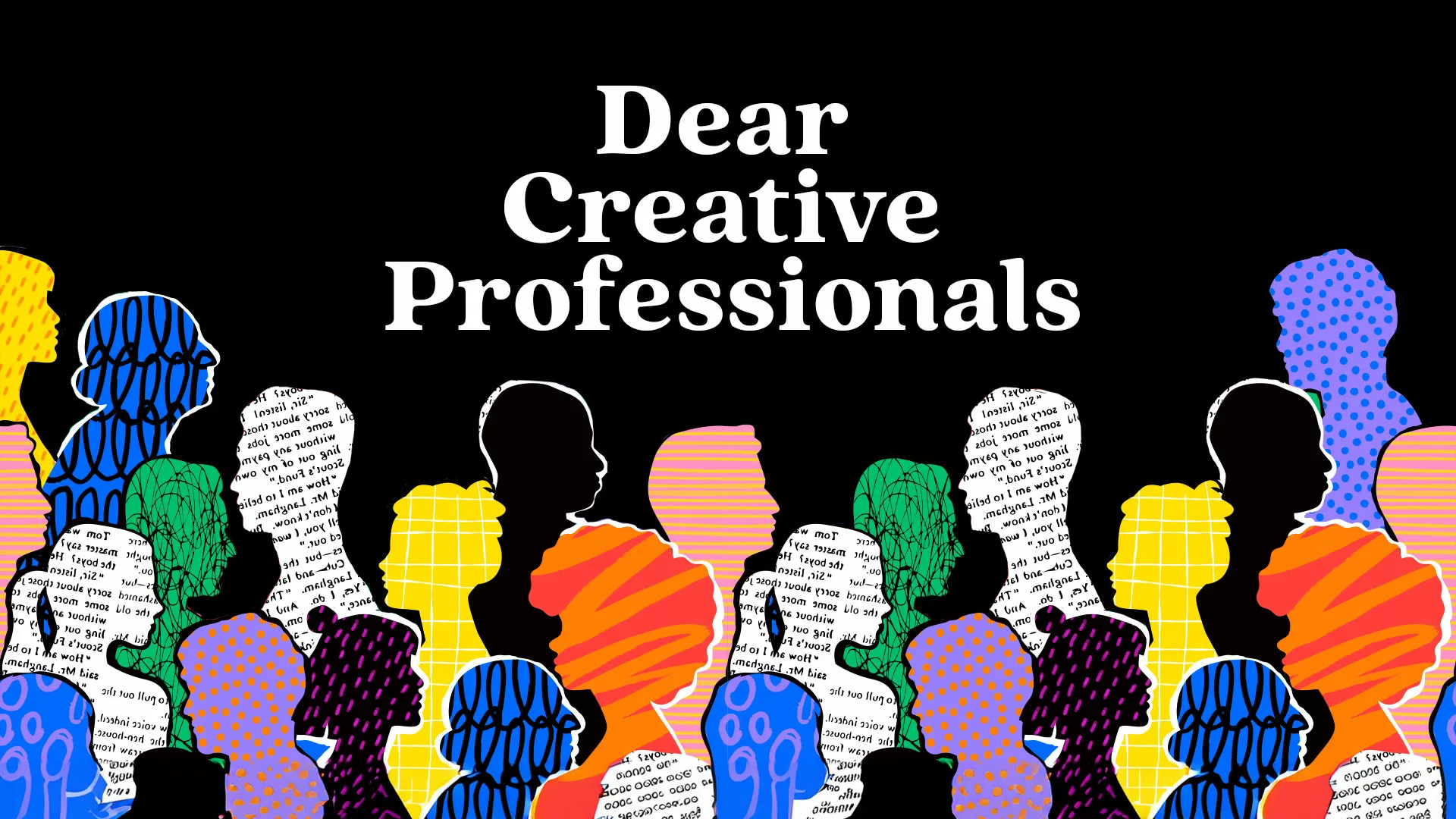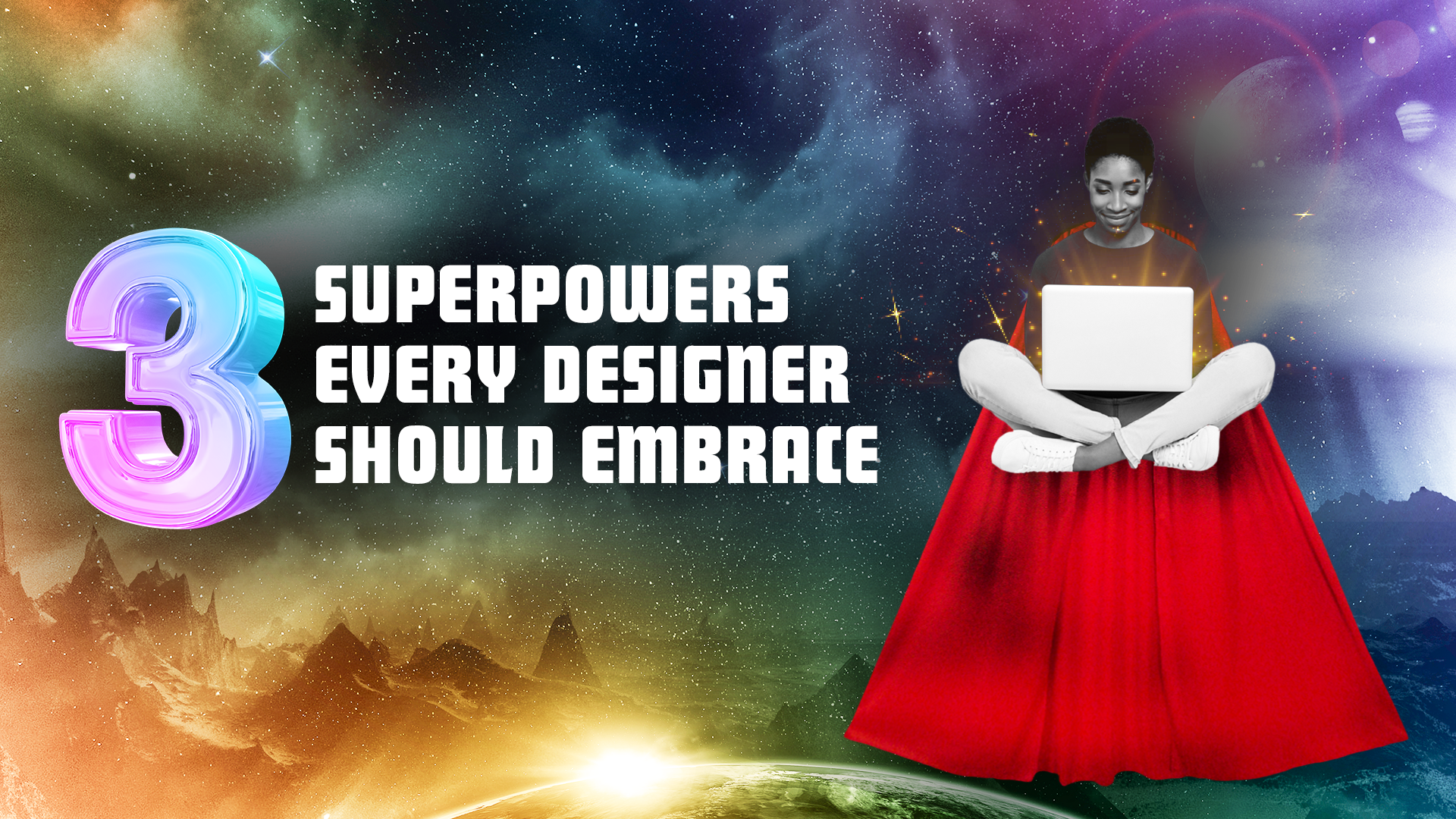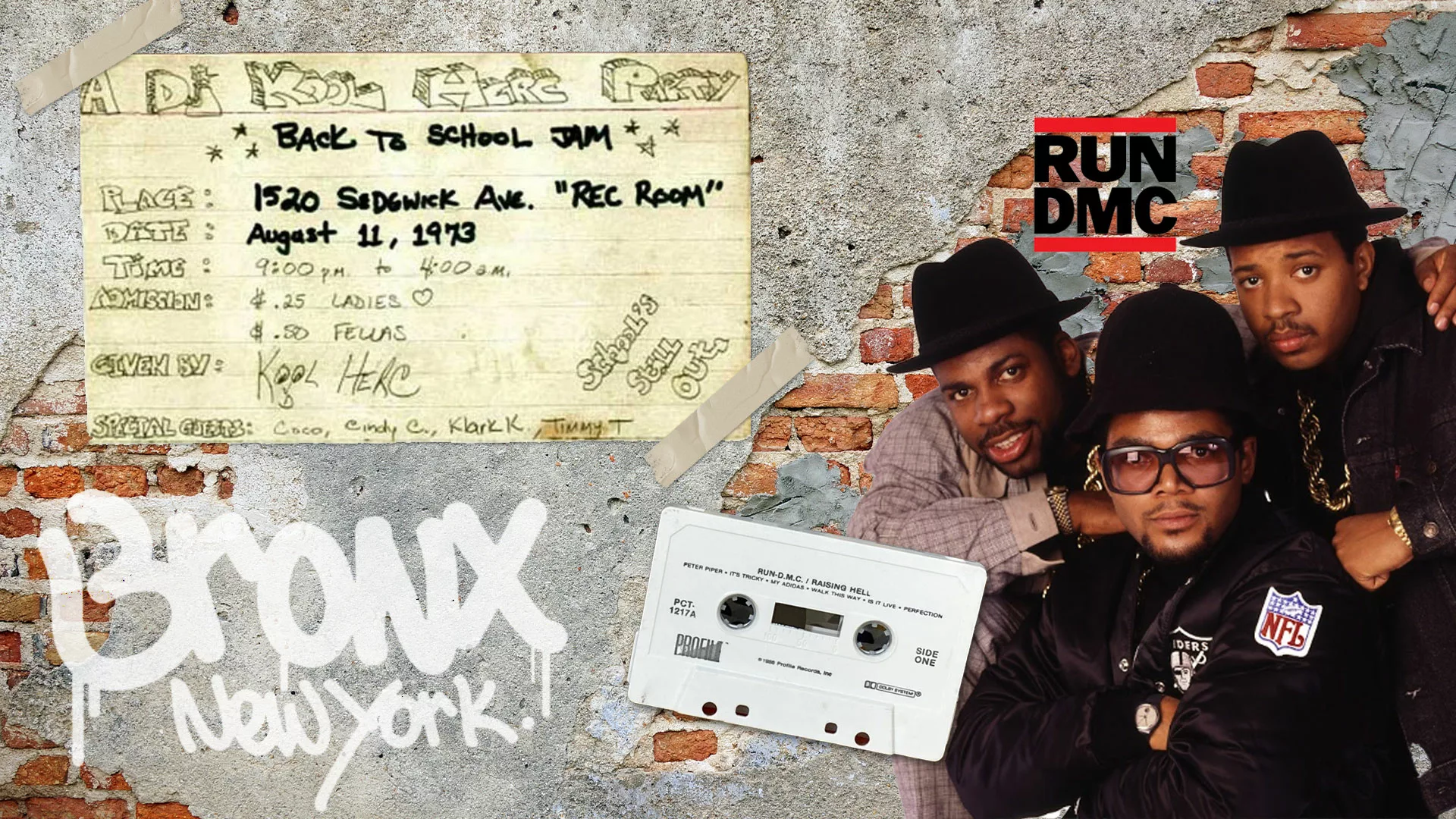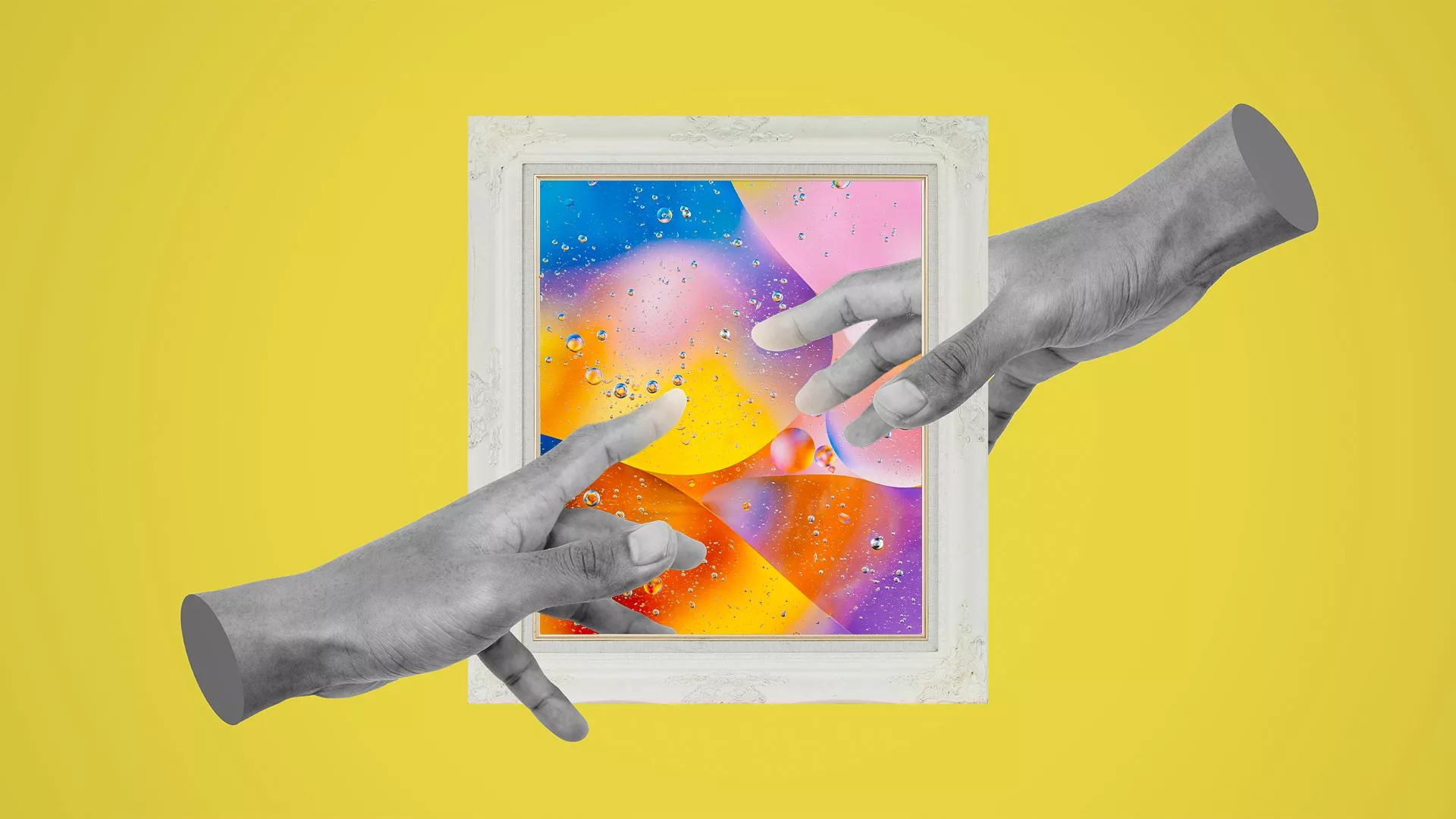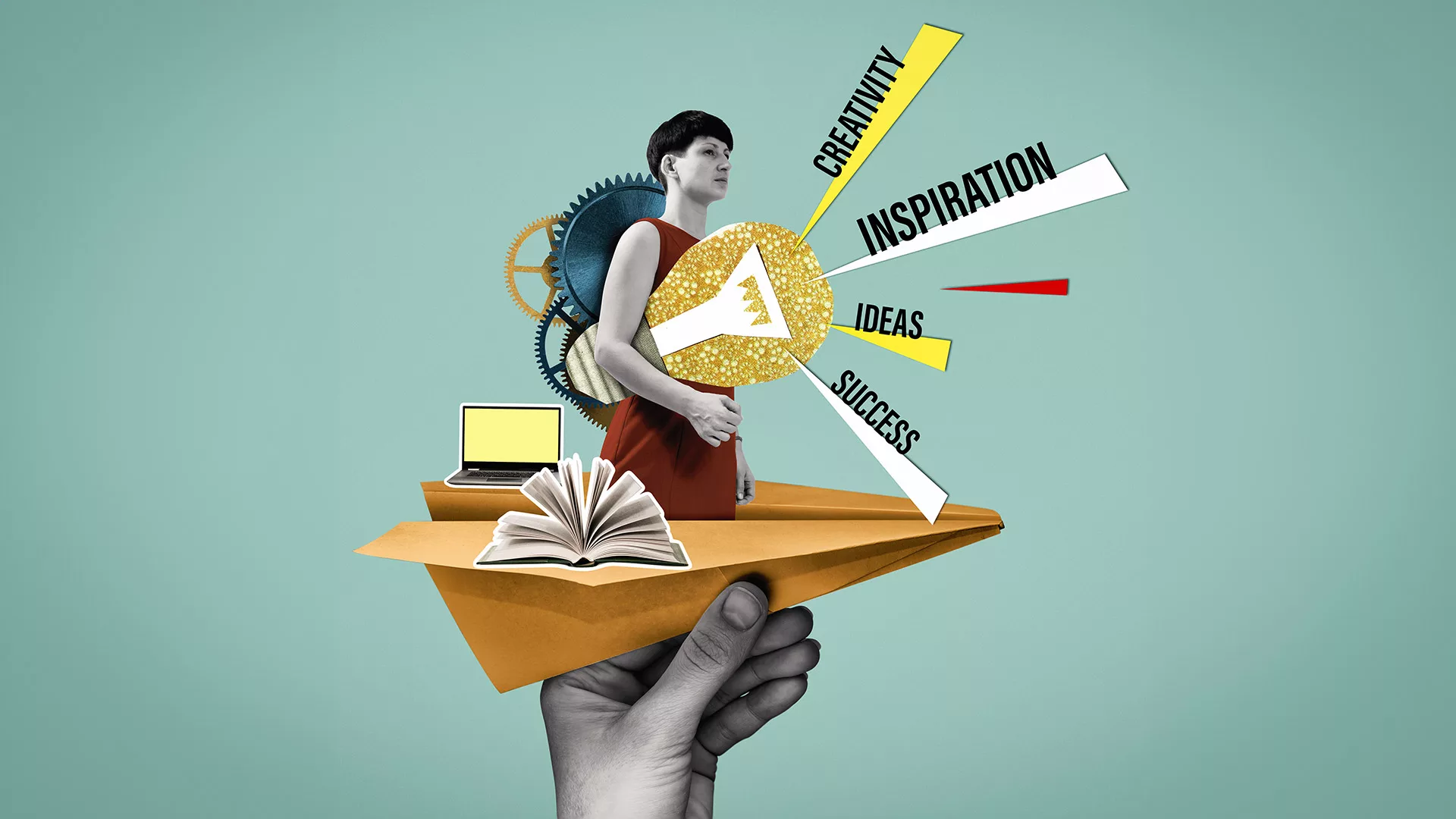The recent layoffs demonstrate the unprecedented challenges that the workforce is facing, regardless of the record-breaking profits companies are experiencing.
Designers, welcome to a realm where imagination, creativity, and empathy intersect, granting you a trifecta of superpowers that elevate you in the creative universe. As a designer, you have the unique ability to envision and create new worlds that have never existed before. Don’t believe me? Keep reading to find out more.
When I think about my love for Hip Hop, it all goes back to a moment from my childhood. In 1989, my family had just moved to the United States, and my dad bought me a boombox from a man down the street whom we all called “Blue Eyes”. The boombox had one cassette tape inside: Run-D.M.C.’s “Raising Hell” album. After inspecting the cassette tape, I popped it back in, pressed play, and heard the most transformative lyrics of my youth.
What are your thoughts on the democratization of design? Do you think it has a positive impact on the industry, or does it lead to lower-quality work? I’d love to hear your perspective.
The future of designers is constantly evolving. However, with innovation comes new opportunities and collaborations that shape the creative landscape. It’s essential to keep an open mind and embrace change as it comes.
What are your thoughts on the democratization of design? Do you think it has a positive impact on the industry, or does it lead to lower-quality work? I’d love to hear your perspective.
Have you ever stopped to think about the incredible journey designers go through to bring their projects to life? While some projects run smoothly, more than not, it’s a rollercoaster ride filled with challenges, unexpected twists, and tight deadlines that rarely leave room for their creative process.
Building a solid client base can be a challenging yet crucial aspect of your success as a freelancer, contractor, or entrepreneur in the design industry. This article will explore ten actionable tips to help you overcome the hurdles and establish yourself as a sought-after professional. By implementing these strategies, you can attract clients, boost your reputation, and pave the way for long-term growth in your design career.

